The Third Form - Schillers' Idea of Play
So in a continuation of the idea of art being defined as feeling or form, I found more art philosophy, this time from Schiller, about the mix of the two. A great post on the idea can be found here: http://www.goldenassay.com/2012/09/21/schiller-and-play/
Schillers’ theory is that there is a third form in art and he calls it “play”. It is the point where the combination of or the act of combining form and feeling.
It makes me question what play actually is, so lets explore play in more detail:
What is the definition of play? Here are a few select definitions of play from the dictionary (source):
1 Engage in activity for enjoyment and recreation rather than a serious or practical purpose.
1.2 Amuse oneself by engaging in imaginative pretence.
2 Take part in (a sport)
4 Represent (a character) in a theatrical performance or a film.
These are definitions that resonated with me (there are of course others). What links them is the engagment which I find crucial for play, as it is the part that makes it experiential.
In looking at these definitions, I also question whether play needs to be unserious? Sure it can be enjoyable and for recreation purposes (unserious outcome), but I wonder if anyone who truly takes part in playing does so without engaging themselves 100%?
There is a spontaneity about play in being alive and engaged in the moment - experiencing. Outcomes can be important but are not necessarily the goal. In my observations of young children playing, they are always 100% involved in whatever they do. Perhaps the act of playing can be described as letting go and involving oneself in an activity whether it be sport, art, creation of any kind with varying importance on the outcome.
If we take this back to the idea that there is a combination in art between form and feeling which is called play what does it mean….
Well as an artist, play can represent the creative process. Playing with ideas (form and feeling), synthesising them by turning them around, putting them in different positions, constellations, comparing them to others, stretching them, shrinking them, associating them… all exploration of the imagination - tangible and intangible. It is taking inspiration, a form and a feeling and then playing with it that is the creative (doing/experiential) process.
By engaging form and feeling we are developing art. Synthesising the two brings develops an idea, enriches it and allows it to grow.
The three parts form, feeling and play correspond with many philosophical and historical ideas: mind, heart and imagination (soul/spirit) or intellect, sensitivity and spontaneity. They have also been related to the ancient gods and mythology.
Great pieces of art have all three. A work that is sentimental, smart and imaginative, that engages both visual forms and provokes an emotional reaction, making one think and feel at the same time.
How does this relate this back to dance? It’s in the philosophy that dance combines and synthesises both simple forms creating play. This is an absolute luxury, though makes dance complex. By design all parts are essential to dance. Form is clear in the shapes our bodies make in their pathways as they move and also the positions held between movements. Feelings are expressed through how a body is held - its posture and also through the changes in form - dynamic expressing emotional depth and intensity. Or put another way A solid state conveys one emotion depending on it’s position or expression. A moving state can vary not only the emotions expressed but also their intensity!
Dance is play!
